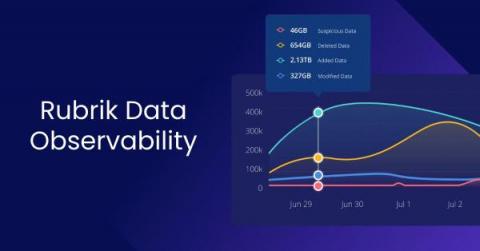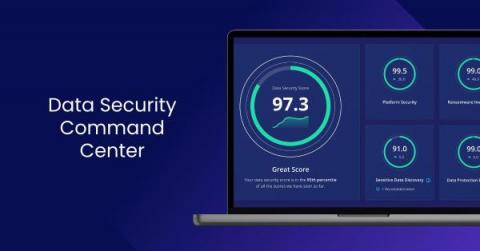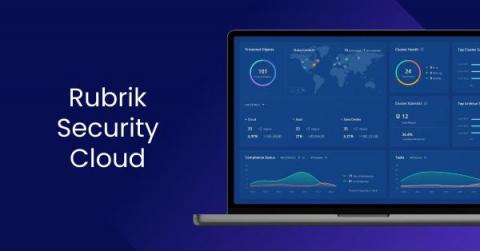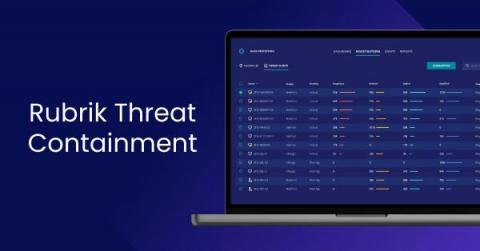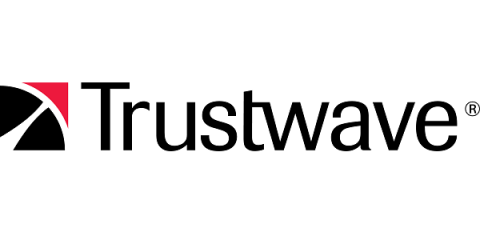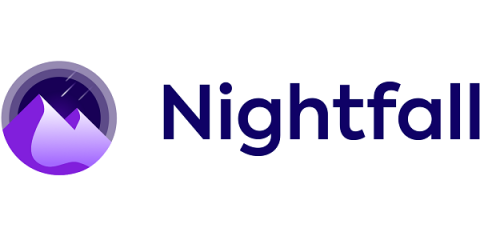Monitoring Data Risks & Investigating Threats Faster With the Rubrik Data Observability Engine
Why is it that the most impressive technologies are often the ones that go unnoticed? Sometimes what makes technology impressive is precisely that it goes unnoticed, and that is the case with the Rubrik Data Observability engine. As ransomware continues to grow as a real, costly, and persistent threat to conducting business, organizations are looking for smarter and faster ways to keep data safe and recover easily in the face of cyber attacks.


